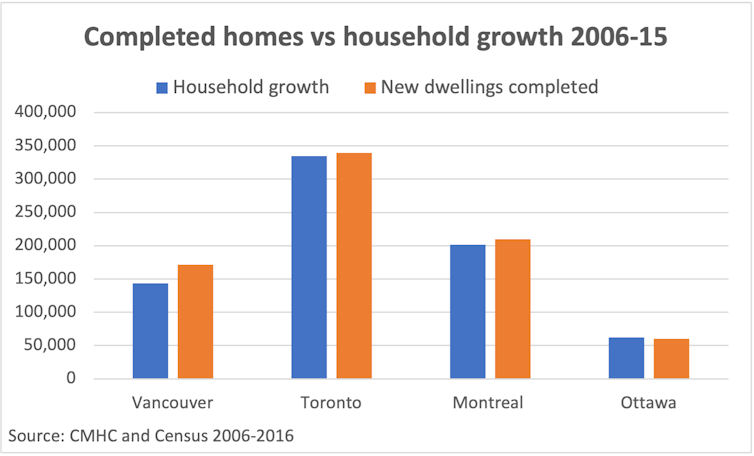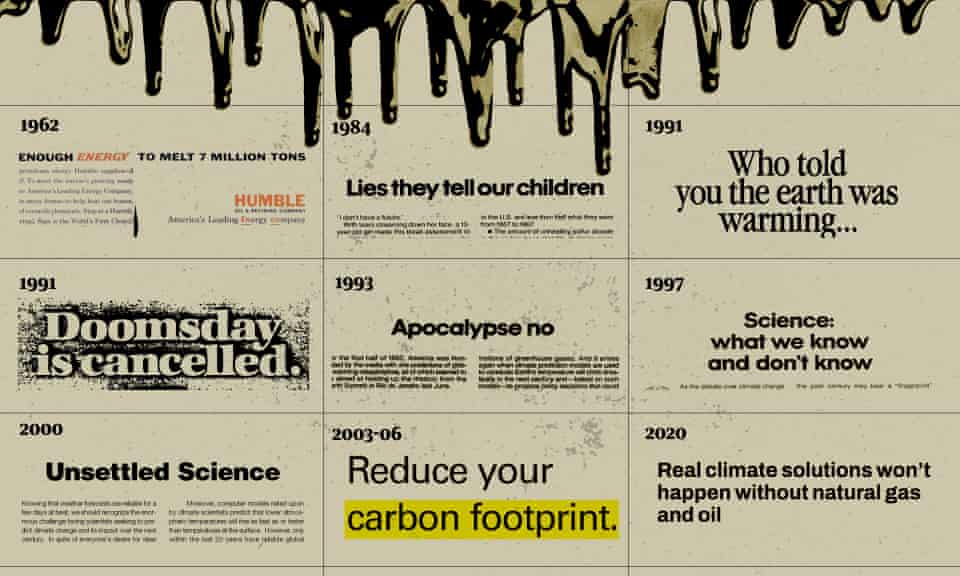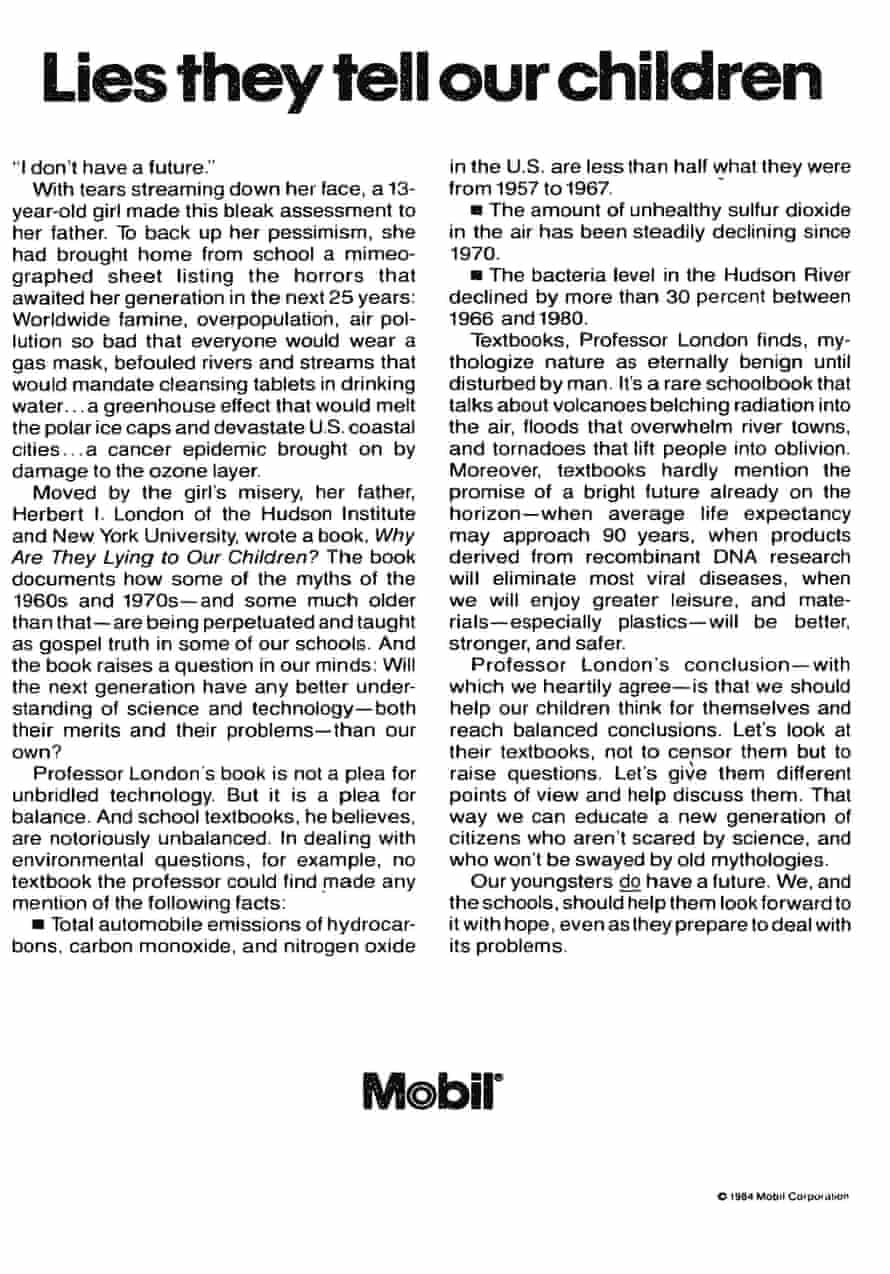The Canadian PressStaff
Friday, November 26, 2021
MONTREAL -- The CPE union affiliated with the CSN has voted 92.1 per cent in favour of a mandate for an unlimited general strike.
The Fédération de la santé et des services sociaux (FSSS-CSN) said Friday morning that its strike mandate will start Dec. 1 if negotiations with the government do not improve by then.
Representative Stéphanie Vachon points out the result of the vote sends a clear message.
"The government can try to beat the unions over the head all it wants, but ultimately, it is the members who decide," she said. "By voting so overwhelmingly in favour of a strike, and thus accepting to lose days, even weeks of wages, these already underpaid workers have just told the government that they are ready to fight to the end to get a fair deal for all employees."
Wednesday, workers with the CSQ-affiliated Fédération des intervenantes en petite enfance (FIPEQ) also voted, with more than 91 per cent, in favour of an unlimited strike mandate.
The QFL-affiliated Syndicat québécois des employés de service (SQEES) has begun voting on its own strike mandate and will continue until next Tuesday.
PREMIER BELIEVES NEGOTIATED AGREEMENT POSSIBLE
While Treasury Board President Sonia LeBel raised the possibility of special legislation on Thursday, saying it was "very definitely part of the tools available," Premier François Legault did not want to go down that road for the time being, even suggesting that he was ready to intervene personally.
"I can't believe, when I look at the issues on the table, that we are not able to agree," he said. "It's common sense. I'm going to see how Sonia (LeBel) can get involved, how I can get involved, but it seems to me that common sense says: it's pretty well settled on the educator side.
"What I want is a negotiated settlement."
Legault cited the fact that "we are very close to the union's demands for child care workers. That's not where the problem lies, it's more on the side of the support staff, those who do the cleaning, those who do the food, etc."
However, he also made it clear that he has no intention of aligning government offers to support staff with those made to educators, as the unions are demanding.
"We have a duty as a government to maintain fairness," said Legault. "Someone who cleans in a school must be paid relatively the same as someone who cleans in a daycare. The support staff must have salaries that are comparable to other support staff in other networks. It seems to me that this is common sense."
On Thursday, Treasury Board President Sonia LeBel expressed her exasperation at the possibility of a strike.
"It's time to be reasonable," she told the workers at the childcare centers. "We have lost sight of the reality of parents."
Her colleague, Mathieu Lacombe, added: "The unions must listen to reason."
LeBel also said she still believed that an agreement was possible with the unions.
-- This report by The Canadian Press was first published in French on Nov. 26, 2021.
Quebec hardens tone as daycare workers poised for unlimited strike
Treasury Board president Sonia LeBel said back-to-work legislation "is certainly part of the tools that are available" when it comes to breaking the deadlock.
La Presse Canadienne
Lia Lévesque
Publishing date:Nov 25, 2021
Treasury Board president Sonia LeBel said back-to-work legislation "is certainly part of the tools that are available" when it comes to breaking the deadlock.
La Presse Canadienne
Lia Lévesque
Publishing date:Nov 25, 2021

Daycare workers demonstrate to push lagging contract talks Tuesday, November 23, 2021 in Montreal. PHOTO BY RYAN REMIORZ /The Canadian Press
The Legault government hardened its tone toward Quebec’s unionized daycare employees on Thursday as workers represented by the CSN prepared to vote on an unlimited strike mandate after those represented by the CSQ had already done so .
Members of the CSQ voted over 91 per cent in favour of an indefinite strike mandate on Wednesday, while those affiliated with the CSN were set to vote all day on Thursday.
Results of the CSN’s vote won’t be known until Friday morning, but a previous strike mandate of 10 days was adopted at 97 per cent.
The union affiliated to the FTQ, for its part, has also begun to vote on a strike mandate. That vote will continue until Tuesday.
Even if no strike date has been mentioned thus far, Treasury Board president Sonia LeBel made her exasperation clear on Thursday, saying “it is time to be reasonable” and acknowledging that back-to-work legislation “is certainly part of the tools that are available” when it comes to breaking the deadlock. LeBel added, however, that she still believed a negotiated settlement is possible.
Family Minister Mathieu Lacombe made a similar statement, asking that the unions “listen to reason.”
Asked about the possibility of back-to-work legislation, Lacombe did not rule it out, saying it was “certainly one of the tools available,” but he said he still believes in a negotiated settlement.
Meanwhile, negotiators for workers represented by the CSQ were back at the bargaining table on Thursday, while CSN representatives reported “little progress” in their contract talks.
The Legault government hardened its tone toward Quebec’s unionized daycare employees on Thursday as workers represented by the CSN prepared to vote on an unlimited strike mandate after those represented by the CSQ had already done so .
Members of the CSQ voted over 91 per cent in favour of an indefinite strike mandate on Wednesday, while those affiliated with the CSN were set to vote all day on Thursday.
Results of the CSN’s vote won’t be known until Friday morning, but a previous strike mandate of 10 days was adopted at 97 per cent.
The union affiliated to the FTQ, for its part, has also begun to vote on a strike mandate. That vote will continue until Tuesday.
Even if no strike date has been mentioned thus far, Treasury Board president Sonia LeBel made her exasperation clear on Thursday, saying “it is time to be reasonable” and acknowledging that back-to-work legislation “is certainly part of the tools that are available” when it comes to breaking the deadlock. LeBel added, however, that she still believed a negotiated settlement is possible.
Family Minister Mathieu Lacombe made a similar statement, asking that the unions “listen to reason.”
Asked about the possibility of back-to-work legislation, Lacombe did not rule it out, saying it was “certainly one of the tools available,” but he said he still believes in a negotiated settlement.
Meanwhile, negotiators for workers represented by the CSQ were back at the bargaining table on Thursday, while CSN representatives reported “little progress” in their contract talks.














.png)














